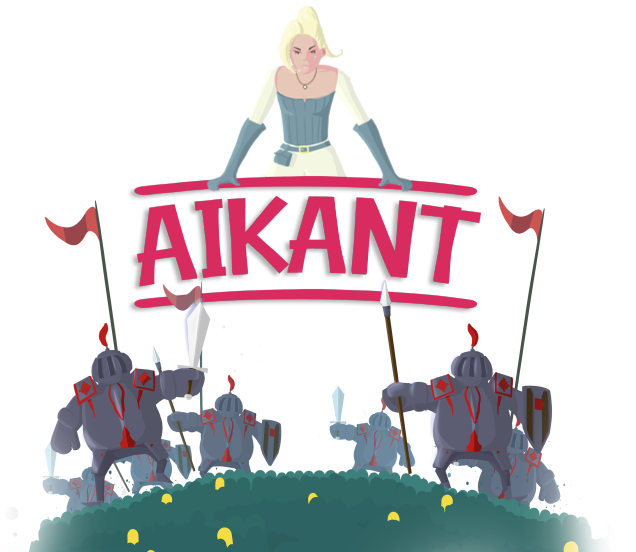
Aikant
Aïkant is a puzzle / tactical game in which players have to get rid of all the enemies on board to access the next challenge. This project is part of the final year for the Game Design bachelor, we've been working for 3 months on preproduction, looking for design ideas, testing and prototyping each. The goal was to present in december a brief gameplay prototype of what the game is going to be, every human ressources were focused and the game design of the game during that period and to study the feasibility of the project. Then in january we started the production for about 6 month.
The game is designed for mobile experience.
Game Design Post-Mortem
Game system
Players will be proposed a succession of situations where they will need to analyze in order to find a strategy. We created a world divided into 3 levels, the last challenge offering a fight against the boss.
One level, one set up, several ending. The player will face a group of enemies trying to push him towards the bounds of the map to kill him. During a game his reflection will be challenged, planning next turn, we oriented the system so that players have to constantly think the outcome of their decision. "Is this position dangerous ?", "Can I get rid of this opponent without putting myself in danger ?"
To get rid of enemies, since they don't have any life or anything, you'll have to use your link ability. This will instantly froze them to death. Each action spending action from a pool that's being refreshed every new player's turn. If the player succeed at cleaning a phase the next will start, each level being divided into 3 phases.
Mechanics
The player has 3 main mechanics :
- The first we introduce is the link, the player is able to create link between a "pylon" (which is the source of the magic link) and others gameplay element. The link is alive until anything collide with it. This mechanic is our core mechanic, allowing player to alterate the state of opponents, but also to have some control on the board.
- The second is a teleport ability. Player is able to target a tile and it will place him. But there is a twist, if the player use this ability targeting an opponent you'll swap position with him, this action as the same cost but a stronger out come.
- The third and last mechanic is a push in a straight line. The player is then able to eliminate opponent by pushing them on traps he created earlier, but also to use terrain gameplay elements, such a crystal-block.
What has been not working
The abilities inputs
The inputs of the game were a major stake of our preproduction, we had to find the right inputs that would allow the player to be 100% dedicated to the experience. We wanted to reduce the number of inputs needed to execute a full turn, which is why we performed several test iterations for the inputs. However we did discuss how input should be during the most part of our production.
There is 2 way to use the spell on Aïkant, we wanted to offer a fast way to execute your turn because the game's rythm is already slow since it's a turn based game without any time constraint. Although we wanted to offer player who would look for it, an information complement, that's why we introduce the Hold. If you hold enough time you will be able to see the consequences of your action, then you can see if it touches or not a tile.
In my opinion, taping to execute an action is the choice we made because it allows you to execute actions intuitively, just tap on the target tile to execute the action there. However the tap does not represent accurately the action executed, a swipe for instance would have been more relevant for the mechanic of pushing.
The camera control
The camera control is the second point that we have been working on. We wanted to offer the possibility of rotating around the board so that the player can represent the problem spatially. It turned out that this option was not as necessary as what we thought during playtests. Few players used the ability to rotate around the board, while some reaching the last level without even knowing they could. Especially since it seems to interfere with the gameplay. Indeed when the player encounters a problem he makes a mental / spatial representation of it. We thought that offering the possibility of rotating around the stage would help to make a mental representation of the problem and we observed two cases during playtests :
- For experienced players, accustomed to the puzzle game and the turn-based game, it seems that rotating around the board indeed helped them to represent the problem.
- However, for players less used to this kind of game, rotating around the board seemed to increase the game difficulty. Changing the point of view of the game board involves a brain gymnastics ofhavingto recreate another representation of the same problem, requiring more attention, more effort. This lead some players out of the experience.
The question that would solve this issue is the audience one. What is the audience we are targeting ? Once we answer this questions we would be able to take decision on either we let the player control the camera either the camera becomes systemic. We went towards the second option. For the production phase we would have to create a camera working on its own, focusing the ongoing actions and showing it to the player.
Adrien Franquet : Itch.IO;
Richard Bodzen; https://lyrox-ric.itch.io/
Ludovic Lucenet: Itch.IO;
Guillaume Barbarin :Itch.IO ;
Angelo Pinho : ItchIO ;
Quentin Frehring : Itch.IO;
Mickael Starantino : ItchIO and ArtStation;
| Status | Prototype |
| Platforms | Windows, Android, HTML5 |
| Rating | Rated 5.0 out of 5 stars (1 total ratings) |
| Author | Quentin_Frehring |
| Genre | Puzzle |
| Made with | Unity |
| Tags | 3D, Turn-based Strategy |
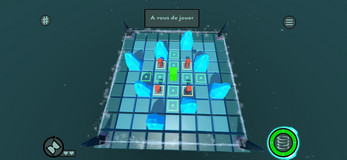

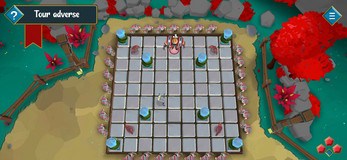

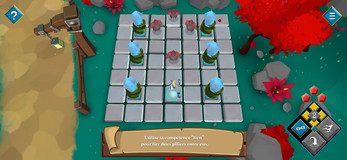
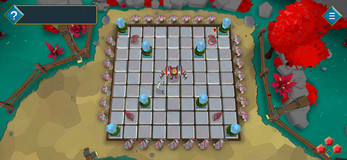

Leave a comment
Log in with itch.io to leave a comment.